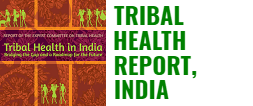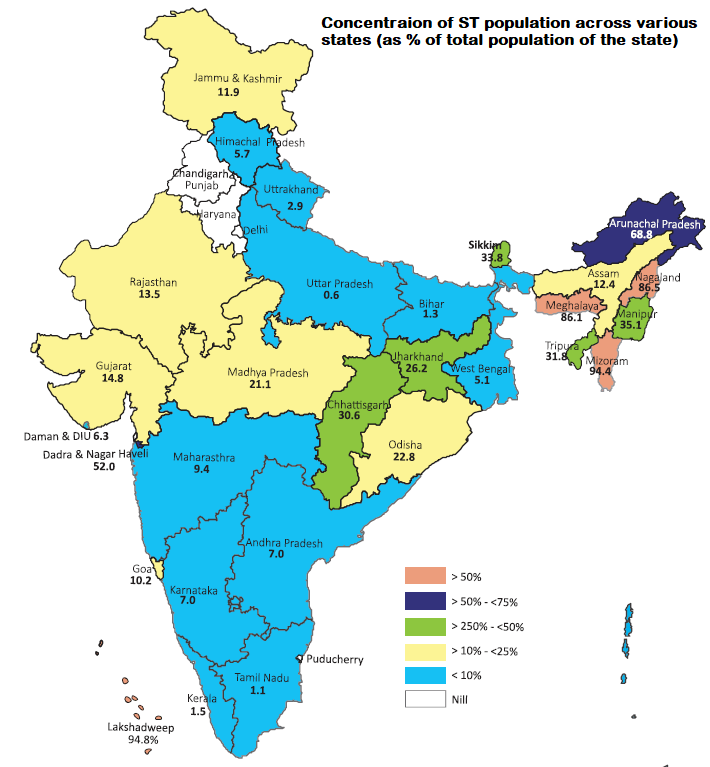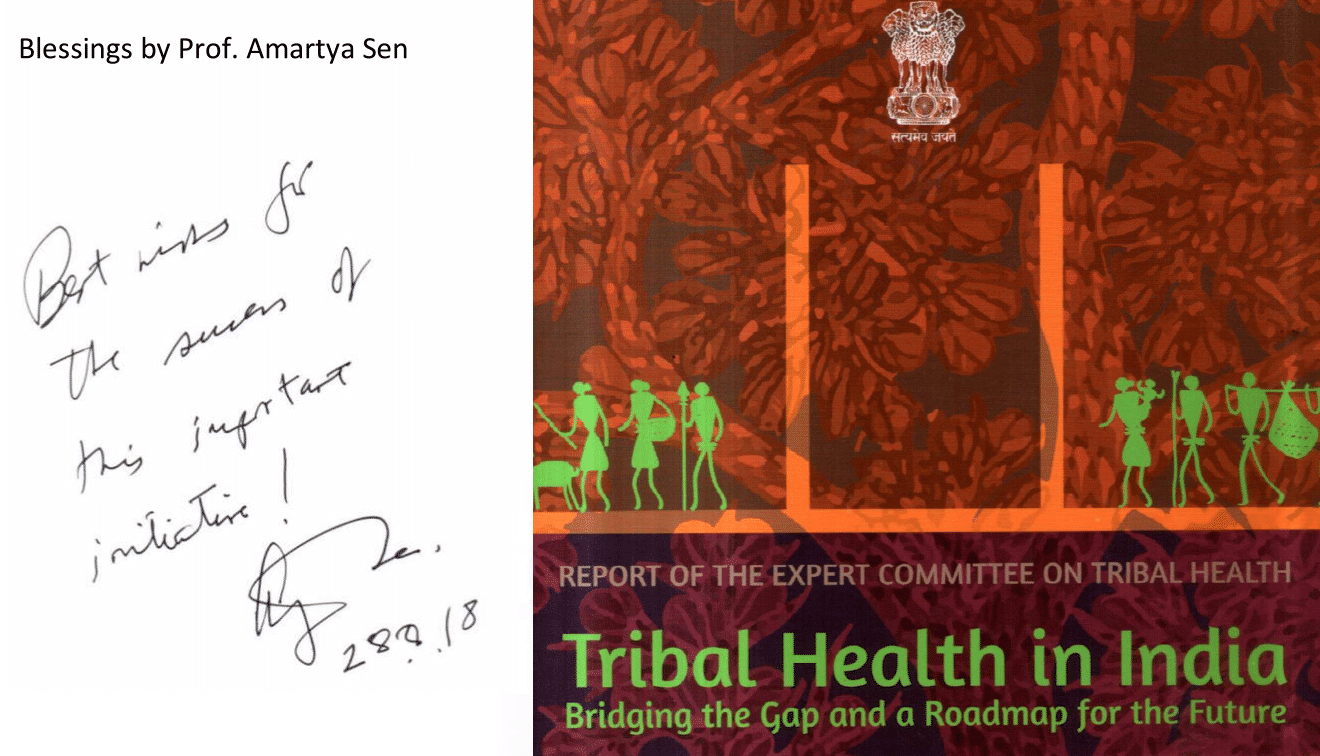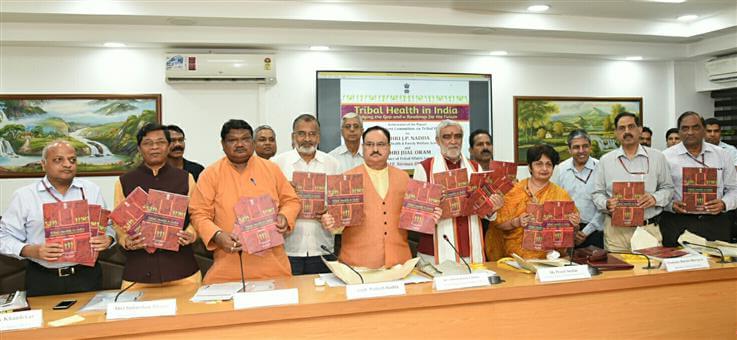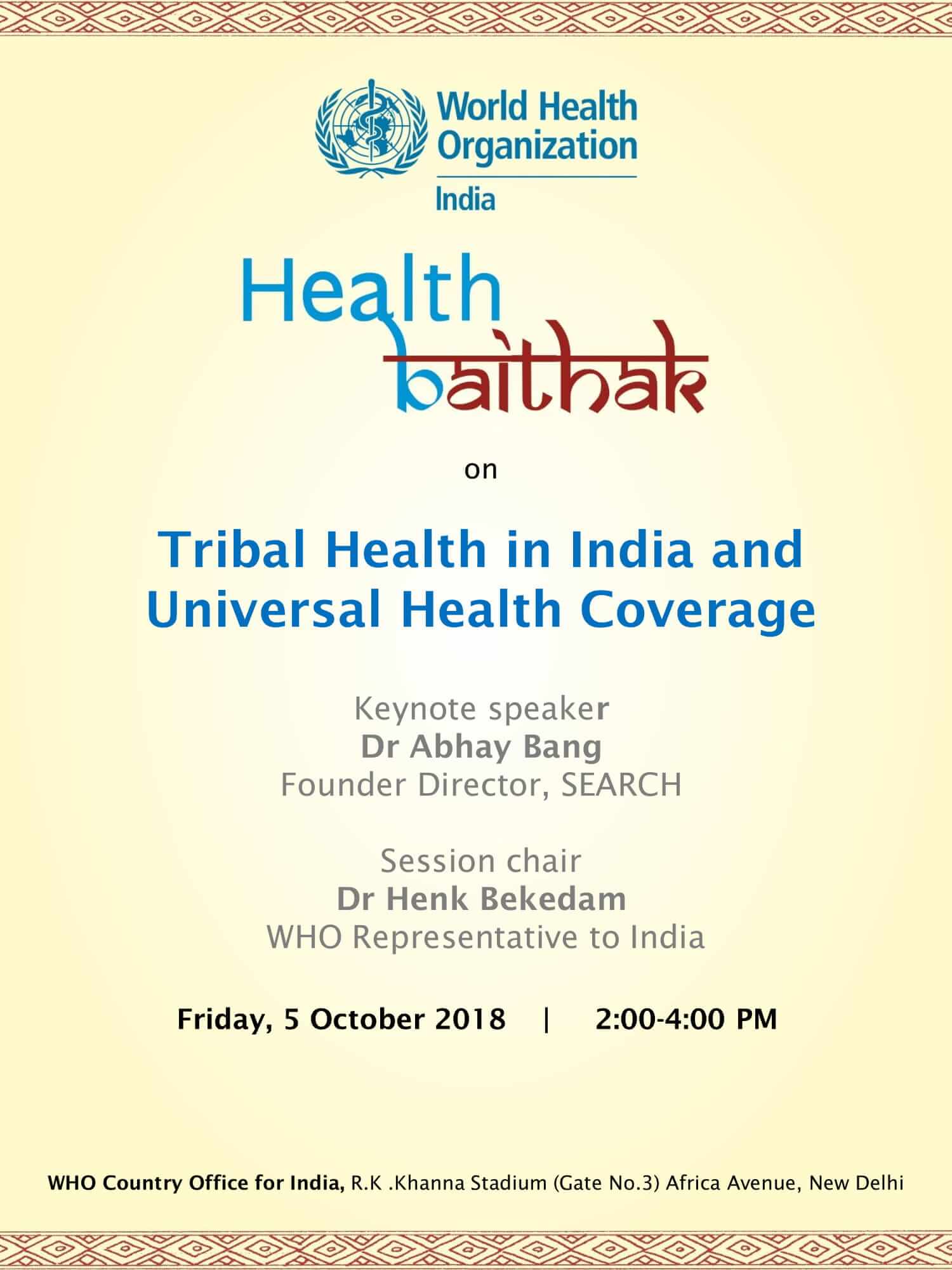About
The Expert Committee on Tribal Health was constituted jointly by the Ministry of Health & Family Welfare and the Ministry of Tribal Affairs, Government of India in 2013. It is creditable that the two ministries of Government of India recognized that sixty-six years after independence and after eleven five year plans, we need to view tribal people's health as serious and special concern. Hence this committee, the first such endeavor, was constituted to answer two questions
- What is the present status of health and health care in tribal areas and why the gap?
- What should be the roadmap for the future to bridge this gap rapidly?
Tribal Health Report Highlights
- Sex ratio is 990 compared to India's average of 933
- 40.6% ST population lived below the poverty line as against 20.5% of the non-tribal population
- 65% of tribal women in the 15-49 years age group suffer from anemia
- The rate of institutional delivery is the lowest among tribal women (70.1%)
- IMR for ST population in 2014 was 44.4
- Under-five Mortality Rate was 57.2 per 1000 live births
- Among total deaths due to Malaria, 50% of deaths are from the Tribal population
- The prevalence of underweight is almost one and a half times in tribal children than in the ‘other’ castes
- Only about 25% pregnant and lactating women and 29-32% children had adequate intakes of both protein and calories
- At present, there are 75 tribal groups identified and categorized as Particularly Vulnerable Tribal Groups
- Over 104 million tribal people live in India
- 705 tribes are present in India under Scheduled Tribes
- 8.6% of the country’s population is tribal
- Total Fertility Rate for STs is 2.5
- The estimated prevalence of Pulmonary Tuberculosis in the tribal community is significantly higher than the rest of the country- 703 against 256 per 100,000
- Leprosy proportion of ST is 18.5% of all cases
- One out of every four tribal adults suffer from hypertension
- Sickle cell anemia is prevalent 1 in 86 births among tribal communities, in central India
- Almost 72% of the tribal men in the 15-54 years age group were using tobacco and 50% consumes alcohol
- Nearly 50 percent of the outpatient visits by tribal people are to public hospitals and more than two third of the indoor hospitalization of tribal population is in government health services
